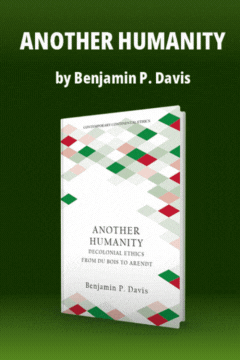Nuclear Civil War
Nuclear Civil War
The land around the Fernald uranium processing plant in southwestern Ohio is rich enough to grow most anything. But for the plant’s neighbors the standing joke is that pumpkins are the crop to raise: “They don’t need a candle at Halloween.” The joke reflects the bitterness people in this normally conservative part of Ohio feel over the radioactive waste exposure they have received from the plant. But the joke also reflects their willingness to fight a system that, as the Department of Energy’s Joe LaGrone acknowledged, put production over everything. To the plant’s neighbors, especially FRESH (Fernald Residents for Environmental Safety and Health), it was a source of pride when last year the Environmental Policy Institute announced that the government had spent more money on cleanup at Fernald than at any other site in the country.
From a distance nothing looks more benign than the thirty-eight-year-old Fernald Feed Materials Production Cen...
Subscribe now to read the full article
Online OnlyFor just $19.95 a year, get access to new issues and decades' worth of archives on our site.
|
Print + OnlineFor $35 a year, get new issues delivered to your door and access to our full online archives.
|






